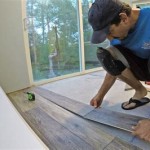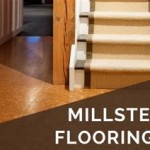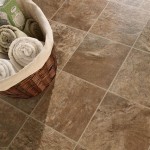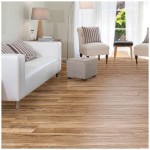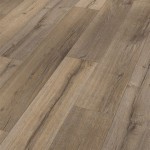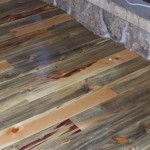Floating Engineered Wood Flooring On Concrete: Essential Aspects
Flooring significantly impacts a home's ambiance, functionality, and value, and floating engineered wood flooring installed on concrete is an increasingly popular choice among homeowners seeking a combination of aesthetics, durability, and affordability. This guide will cover the essential aspects of installing floating engineered wood flooring on concrete to help homeowners make informed decisions.
Advantages of Floating Engineered Wood Flooring on Concrete
Waterproof: Floating engineered wood flooring has multi-layered construction, with a waterproof core that prevents moisture penetration, making it an ideal option for areas prone to spills and humidity, such as kitchens and bathrooms.
Durable: The engineered wood's multiple layers enhance its strength, providing resistance to wear, scratches, and dents, ensuring a long-lasting floor that can withstand heavy foot traffic.
Easy Installation: Floating engineered wood flooring uses a click-lock system that allows planks to be fitted together effortlessly, eliminating the need for nails or glue, resulting in a less invasive and time-saving installation process.
Comfortable: Unlike traditional hardwood floors, floating engineered wood flooring provides a warmer and more comfortable walking surface due to its slight flexibility. It also offers improved sound insulation, reducing noise levels within the home.
Installation Considerations
Concrete Preparation: Ensuring the concrete subfloor is level, smooth, and dry is crucial. High spots may require grinding, and low spots can be filled with a self-leveling compound. Proper moisture testing is necessary to prevent future issues.
Underlayment: An underlayment layer beneath the flooring is essential for moisture protection, sound reduction, and cushioning. Choose an underlayment specifically designed for floating engineered wood flooring on concrete.
Expansion Gap: Allow for expansion gaps around the perimeter of the room to accommodate seasonal changes in the flooring's dimensions. Failure to do so can cause buckling or damage.
Maintenance and Care
Regular Cleaning: Sweep or vacuum regularly to remove dust and dirt. Use a damp mop with a wood-approved cleaner for more thorough cleaning. Avoid using harsh chemicals or abrasive cleaners.
Protection from Moisture: Protect the floor from excessive moisture or spills by promptly wiping them up. Avoid using steam cleaners, as moisture can damage the waterproof core.
Refinishing: Floating engineered wood flooring can be refinished multiple times, extending its lifespan. However, it is recommended to consult with a professional flooring expert to determine the feasibility of refinishing based on the specific flooring type and installation method.
Conclusion
Floating engineered wood flooring installed on concrete offers a range of benefits, including waterproofness, durability, convenient installation, comfort, and style. By considering the essential aspects outlined in this guide, homeowners can make informed decisions and enjoy the beauty and functionality of floating engineered wood flooring in their homes for years to come.

Installing Wood Flooring Over Concrete Diy

Floating A Wood Floor Hardwood Floors

Installing Engineered Hardwood On Concrete Twenty Oak

Floating Engineered Hardwood

Pickndecor Com Floating Hardwood Floor Best Wood Flooring Laying Floors

Installing Engineered Hardwood On Concrete Villagio Guide

Wood Flooring Blog How To Lay Oak On Concrete Peak

Direct Stuck Vs Floated Engineered Floors Whats Best For You
Can You Put Wood Flooring Over A Concrete Slab Instead Of Using Cement Board Quora

Installing Engineered Hardwood On Concrete Twenty Oak
Related Posts


